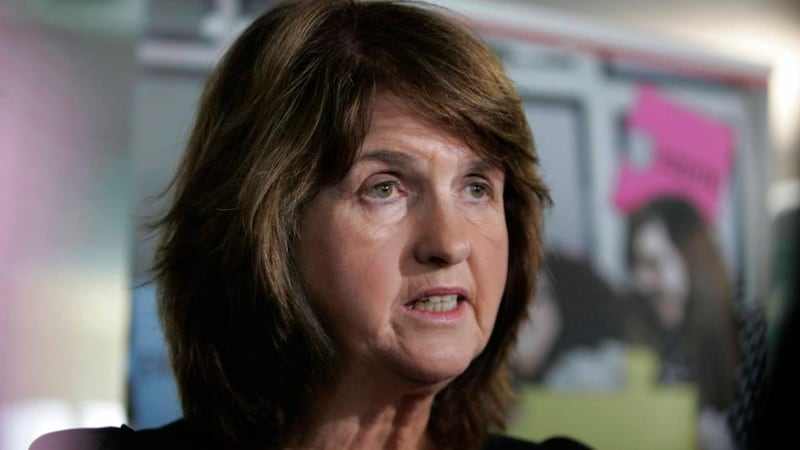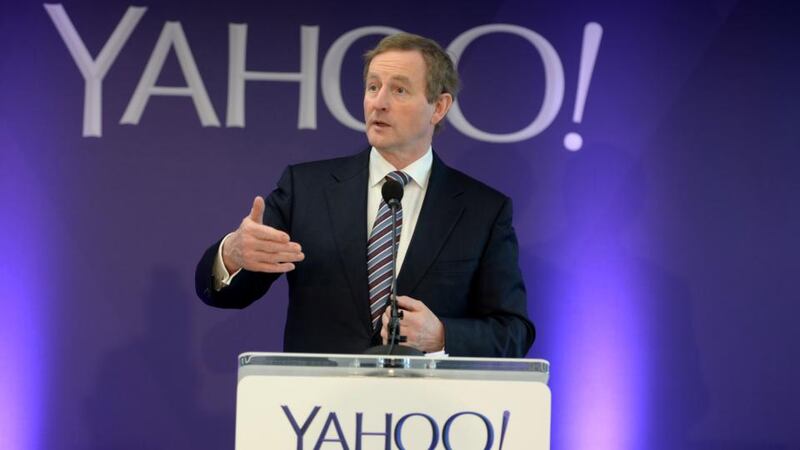The rise in support for Fine Gael in the latest Irish Times/Ipsos MRBI poll is no great surprise, given that it did so badly in the last one, but it will come as a boost to party morale as the election draws ever closer.
The more modest increase in the Labour vote since December still leaves that party with a mountain to climb, but the rise in satisfaction with party leader Joan Burton and the Government as a whole provide it with some grounds for optimism.
One of the big positives for Fine Gael is that its vote in Dublin is back up to 25 per cent and is in a strong position to hold most of its seats in the capital.


The party is also on 25 per cent in Munster, slipping to 23 per cent in the rest of Leinster and 21 per cent in Connacht-Ulster.
In class terms, it is way ahead of all rivals in the best-off AB social category, where it is on 43 per cent. It gets 35 per cent among farmers, 24 per cent among C1 voters, 19 per cent among C2 voters and 15 per cent among the poorest DE category.
Across the age groups it is strongest in the over-65s, where it is on 35 per cent, with its next strongest age category the 50 to 64 group, where it gets 29 per cent.
A nine-point jump in the satisfaction rating for Taoiseach Enda Kenny is another positive for Fine Gael, with 73 per cent of the party's own supporters expressing satisfaction with his performance.
Dublin support
Labour is up one just point to 7 per cent but the news in Dublin is better, with the party up to 10 per cent. It is at 9 per cent in the rest of Leinster but just 4 per cent in Munster and Connacht-Ulster.
It will need to gain significantly more support in Dublin between now and the general election to have a realistic chance of holding on to the seats it won in the capital in 2011. At that, it achieved a 29 per cent share of the vote in the capital.
Labour can take some comfort from the fact that Tánaiste and party leader Joan Burton has seen a six-point rise in her rating to 31 per cent and she is the most popular party leader.
The news for Sinn Féin is much more positive. The party has increased its share of the vote by two points to 24 per cent since December, despite criticism over the way it handled the Paudie McGahon sexual abuse allegations.
One cause for concern for the party would be that Sinn Féin support in Dublin has slipped back since the last poll, but its position in Connacht-Ulster has improved significantly over the same period.
In class terms the party is easily the most popular among the poorest DE social category, where it is on 36 per cent of the vote.
That share drops steadily across the socio-economic divide, with the party dropping to 6 per cent among the best-off AB voters.
Attractive
There is a significant variation across the age groups, but it is weakest among the 50- to 64- year-olds. The party remains more attractive to men than women, although the differential has narrowed considerably over the past few years.
Satisfaction with party leader Gerry Adams at 26 per cent has remained unchanged and is a massive 80 per cent among Sinn Féin supporters.
The poll contains bad news for Fianna Fáil, with the party dropping four points since December with a marginal decline in support for party leader Micheál Martin.
The party remains weak in Dublin where it is on 13 per cent of the vote, rising to 15 per cent in the rest of Leinster, 19 per cent in Munster and 22 per cent in Connacht-Ulster.
One of the few positives is that it is considerably stronger among the over-65s, who tend to vote in large numbers, than it is among younger age groups.
Decisive impact
Support for Independents and smaller parties has dropped back by four points since the last poll, but with 28 per cent of voters in this category, it looks as if they will have a decisive impact on the shape of the next Dáil.
Of those who say they will vote Independent, 3 per cent will vote for the Green Party and 4 per cent for other smaller parties or groups.
In Dublin the figure for Independents/Others rises to 35 per cent.
In class terms there is no significant difference in support, which suggests a wide variety of Independents and small parties with very different political agendas will stand a chance of being elected.
The Greens have recovered a little to 3 per cent, but the problem for the party is that its vote is spread evenly across the regions and is not significantly higher in Dublin than other parts of the country.












